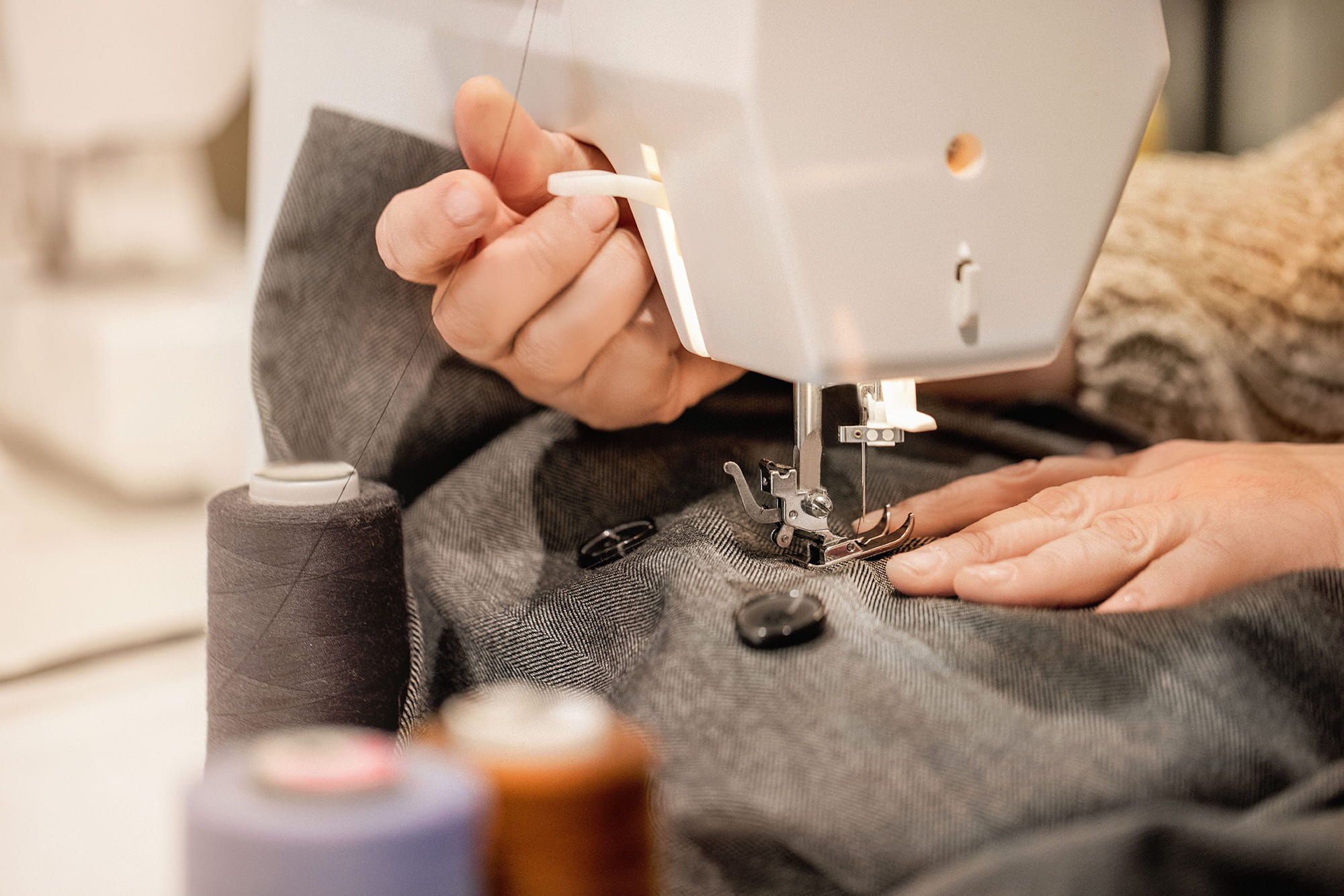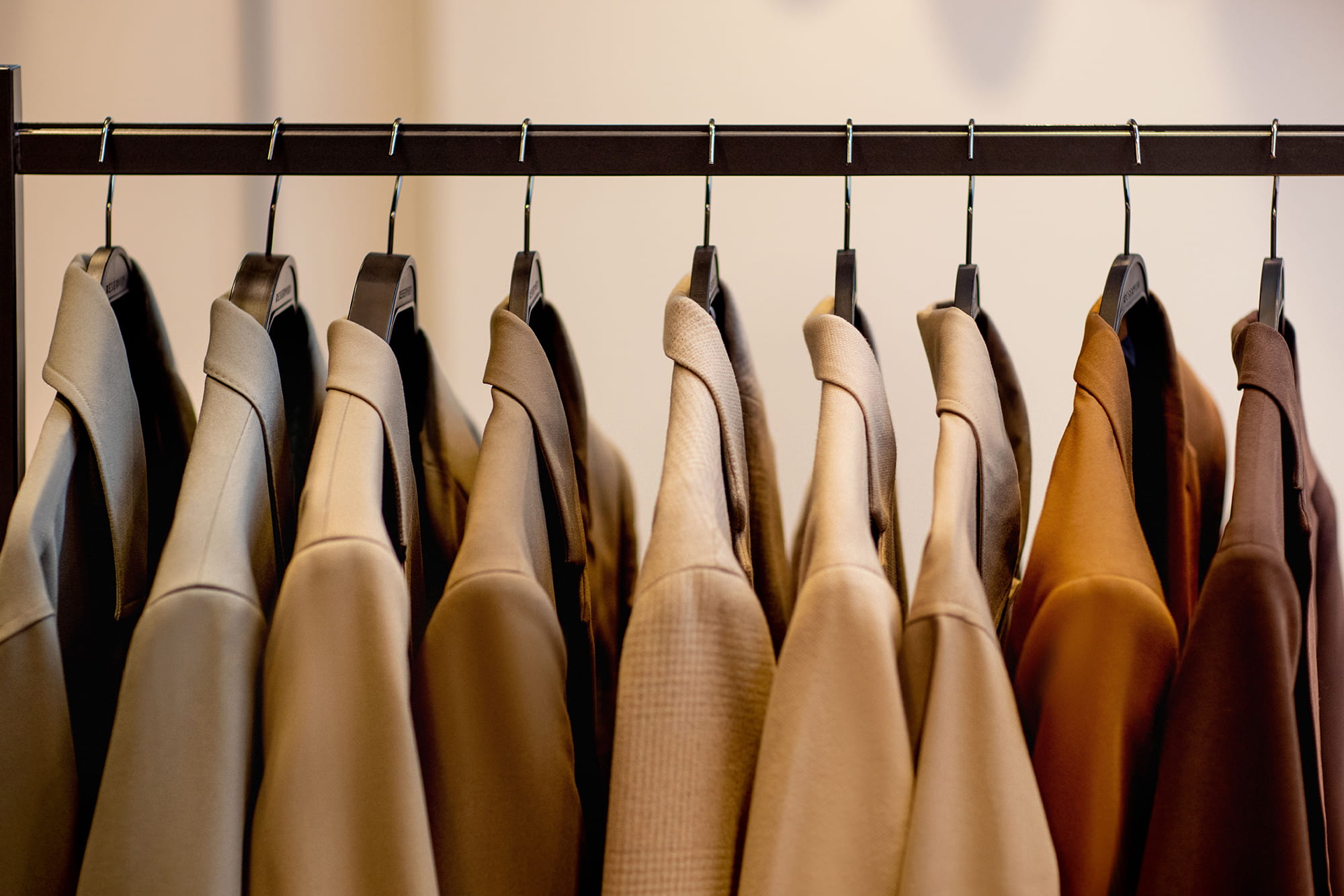Now a sense of security is an invaluable value. Today’s dilemmas concern our present and, above all, our future. Ours and those of future generations. These problems are primarily related to climate change, which has been accompanying us for several decades, along with economic development, new technologies and excessive consumerism. The enthusiasm for new possibilities influenced the rapid development of industry, producing ever faster, ever more, ever cheaper. Every house was to have a fridge, a gas cooker, a mechanical washing machine, a television. Everyone wanted to own a car, or preferably two. In Poland after the Second World War the situation did not look as colourful as in American movies. But most Poles, who have already had their dream 2-or 3-bedroom flat, tried to put all the necessary household appliances there. The 21st century has seen further ingenious inventions: smartphones, tablets, laptops. So we buy them, encouraged not only by an attractive price, but also by a convenient instalment system.
Often, when we want to repair a piece of equipment, we hear from a specialist: it’s not worth repairing, you have to buy a new one.
This also influences our approach to objects. Our grandparents and parents owned and used hard-won equipment for twenty, thirty years. This is not the case now. Advertisements along the lines of ‘buy new equipment from us, we’ll take the old one’ take the hassle out of getting rid of broken or unattractive equipment.
Today, in the face of climate change, we need to take action to reduce our impact on the environment. It would be appropriate to consider what WE ourselves can do in this ‘backyard’ of ours.
Education is very important in this matter. First of all, let’s see how others deal with this problem and then adapt it to our own possibilities and conditions. This will be the first step, maybe the hardest, but it is worth it.
We still have a lot to learn…
Education should be provided from an early age – as early as kindergarten level. It should be taught that something can be repaired, saved and not thrown away. A difficult task. But let us remember that a well-sown seed will grow.
We like to get involved in collective activities – such as Clean Up the World, organised by smaller or larger communities. We can also set an example ourselves, not only by segregating waste, but also by cleaning up our surroundings. You can involve your neighbours. It is possible, I know from my own experience. My neighbours and I cleaned up the surroundings of the legendary park bench where we walk our dogs. It was worth it!

Minimalism
Minimalism is about having things that really have meaning and/or value to us. How much stuff do we need for everyday life?
Minimalism originally referred to art, a trend that developed in the 1960s. The idea of minimalism was picked up by many designers and later by fashion brands and beyond. Simplification has proved to find an audience. They value quality, design and transparent information about where the product was made.
Recalling the history of 20th century fashion, a similar story befell Coco Chanel’s little black dress. A brilliant sense of time and place allowed Coco to promote a simple dress that appealed to new customers, expressed their lifestyles and was perfect for any occasion. Let me say that the colour black was not as popular then as it is today. It was associated with a period of mourning, especially as Queen Victoria of Great Britain wore black dresses after the death of her husband. Coco Chanel had a few more successful ‘shots’, she aimed right at the bull’s eye, metaphorically referring to the target of women’s needs. Her designs were simple and functional. They have survived in spite of the passage of time – the famous jacket, or rather box-shaped knit in a distinctive fabric specially softly woven, every detail well-thought, hand-woven tape finishing the edges, no collar, decorative buttons.
The same was true of the Burberry trench – Thomas Burberry, inspired by military coats, developed a model made of hard-wearing fabric. The coat was the star of many movie productions, and was worn by famous actors and actresses. The trench coat, like the little black dress, has held up well over the decades. They have undergone many metamorphoses and facelifts, but are still present in many women’s wardrobes.
Why do I mention this? Because it is perfect proof that well-designed things, perfectly made with love and passion, work perfectly well despite the passage of time. All it takes is care, refreshment and they will benefit generations to come.
We can start with ourselves
It may sound a little pompous. But it’s worth a try. Especially as it costs nothing. Maybe a little of your own energy, a break away from your laptop or smartphone.
A friend of mine is a typical shopaholic – let me remind you that shopaholism, otherwise known as shopoholism, is an addiction to excessive and compulsive, unplanned and unnecessary purchases as a way of relieving tension, reducing stress and improving well-being. Excessive shopping resulted in running out of wardrobe space and having to make choices about what to leave behind and what to part with. Although she didn’t take my advice, she did tidy up, maybe with a tear in her eye she parted with things she wouldn’t use. She has made these things available to her work colleagues and will donate the rest to care homes that are constantly organising collections and waiting for support.
Penetrating the topic in more detail, we return to the title question.
to BE or to HAVE
More radical actions must finally be taken. At least on our part. We won’t save the whole world, but if we save even this little piece that we live on, it will be our small success. We can reduce consumerism by making thoughtful purchases, especially of food, because it is wasted the most. The same goes for clothes and textiles, such as towels and bedding, which, if they are no longer of any use to us, can be donated to various establishments that are looking for such support.
Another problem that has affected Europeans is shopping on popular Asian platforms. Consumers succumb to the magic of price, cheap and easy to buy. The offers and pictures are tempting. We may not get the perfect product, but that’s our problem. When supporting this type of shopping, there are a few things to keep in mind – these products usually do not have certificates enforced on domestic manufacturers.
Moving on.
Without going into the religious sphere, maybe you should do a so-called examination of conscience. Clear your head and tidy up your immediate surroundings, your flat, your home. A guaranteed increase in well-being. Levels of endorphins, the hormones responsible for feeling of happiness, rise. Many people have the ‘affliction’ of not being able to work in their home environment when it is untidy.
Back to the question – is it better to throw away things we no longer want to wear and buy new ones, or is it better to ‘save’ the ones we have? Will the new ones be better? Maybe before we go shopping, it’s worth seeing what we have in our wardrobe and maybe it’s better to refresh the things we own. Of course, tidying takes time, but it is time spent usefully.
And above all, think about how much stuff we need. Apparently, the average European needs around 10,000 things to live, and it’s not just clothes or accessories.
I tried to count how much stuff I have, apart from furniture and potted flowers. Clothes to wear are few, some white shirts that I love, five-six pairs of trousers, basic underwear. Shoes, comfortable and functional, good quality from trusted brands.
In sorting out my surroundings, I have read several blogs about minimalism, where the authors show how little stuff we need. We may think we need, but in effect we use them very rarely. Let’s look at ourselves a little critically. What do we wear most often outside of work: A T-shirt, possibly a comfortable shirt, jeans, a sports jacket and shoes. Will buying, at a bargain price, a five-pack of black or white T-shirts, which unfortunately wear out the fastest, make us feel better?

In doing the tidying up, I looked to the experiences of others. I read that it is useful to apply the following formula: useful, beautiful, memorable. Things we are emotionally connected to have value to us. Our wardrobes, like our fridges, have a limited capacity. The difference is that we look in the fridge quite often, while in the wardrobe when we need to tidy up.
Observing global trends in shaping one’s image, there is a visible turn away from being persuaded to buy more and more new things. Increasingly, stylists are showing on their portals, blogs or in individual advice how to ‘organise’ a new look from the things in your wardrobe. Maybe we have grown tired of these things. But not our surroundings.
I was surprised to see that the topic of second-hand stuff is being discussed more and more in the media, and it’s not just about second-hand stuff. It is possible to exchange or share new things that we don’t need.
Maybe it’s worth considering after tidying up what we can fix or refresh – if we don’t know how to do it, let’s reach out to the internet, where we can find all kinds of hints.
A summary:
It is worth making an examination of conscience, thinking about what we are buying and whether we really need it. What can be repaired, or even what doesn’t need to be repaired but has become boring. If this is the case, let’s offer to replace it and maybe it will be useful to someone else. It takes time and invention. But it may be worth it. Let’s remember that in this way we are saving our planet, the Earth. We can save it for the next few generations.
Author: Małgorzata Czudak, Professor at the Academy of Fine Arts in Łódź, dress designer
